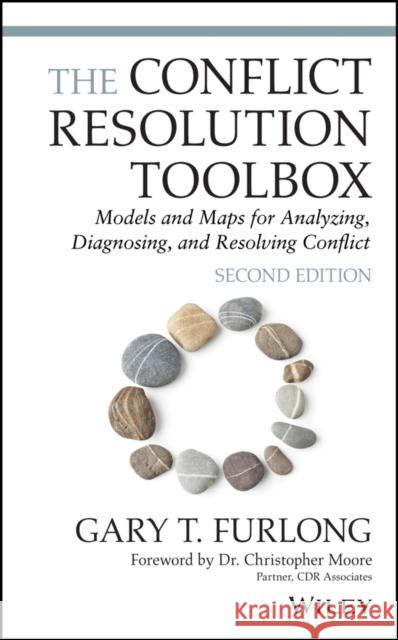The Conflict Resolution Toolbox: Models and Maps for Analyzing, Diagnosing, and Resolving Conflict » książka
topmenu
The Conflict Resolution Toolbox: Models and Maps for Analyzing, Diagnosing, and Resolving Conflict
ISBN-13: 9781119717584 / Angielski / Twarda / 2020 / 272 str.
The Conflict Resolution Toolbox: Models and Maps for Analyzing, Diagnosing, and Resolving Conflict
ISBN-13: 9781119717584 / Angielski / Twarda / 2020 / 272 str.
cena 265,36
(netto: 252,72 VAT: 5%)
Najniższa cena z 30 dni: 264,26
(netto: 252,72 VAT: 5%)
Najniższa cena z 30 dni: 264,26
Termin realizacji zamówienia:
ok. 30 dni roboczych
Bez gwarancji dostawy przed świętami
ok. 30 dni roboczych
Bez gwarancji dostawy przed świętami
Darmowa dostawa!
Kategorie:
Kategorie BISAC:
Wydawca:
Wiley
Język:
Angielski
ISBN-13:
9781119717584
Rok wydania:
2020
Ilość stron:
272
Waga:
0.47 kg
Wymiary:
23.37 x 14.99 x 2.29
Oprawa:
Twarda
Wolumenów:
01
Dodatkowe informacje:
Wydanie ilustrowane











